In the mid to late 18th century, many neighborhoods in London were cesspits of crime. The streets of the city were terrorized by gangs, the members of which were not always from the working classes.


Murder was rife, too, and almost an everyday occurrence. Murder produces dead bodies, and one way to dispose of a body is to bury it.
There have been many gruesome discoveries in the cellars of London houses over the years. Those spine-chilling findings are often made when a property is undergoing renovation work.
In 1998, one such macabre concealment was unearthed in what had historically been the gardens of 36 Craven Street.
The house located in the London borough of the City of Westminster had, in the mid-1700s, been the residence of the American statesman and diplomat, Benjamin Franklin.
The work taking place on 36 Craven Street in the late 90s was a project which, when completed, would turn the almost three-hundred-year-old house into a museum dedicated to Franklin.
While the discovery of the Craven Street bones caused a newsworthy stir at the time, no one thought for a moment it was Franklin who had put them there.
Benjamin Franklin did many things during his lifetime, but the one thing he wasn’t was a serial killer who buried his victims in the garden.
Who Was Benjamin Franklin?
Although he was born in 1706, Benjamin Franklin’s name and face are familiar to most Americans, even if they’re not history buffs, as his distinct features have adorned the $100 dollar bill since 1914.
Franklin’s portrait was chosen for the note, the most widely circulated in the US, as he is one of the country’s most notable Presidents.
Benjamin was the fifteenth child born to an English migrant who had settled in Boston, Massachusetts.
The fact that any formal education he received ended by the time he was ten didn’t stop him from becoming one of the most literate and educated people of the time.
In his early years, Benjamin worked alongside his brother in a printing company and began penning his own works.
Franklin left Boston and moved to Philadelphia, where, by the age of twenty-six, he’d set up his own publishing company. Printing works he’d written himself, such as Poor Richard’s Almanac, made him a wealthy man.
As Franklin began to move in more influential circles, he formed his own political ideals, founded philosophical societies, and built schools and hospitals.
By the time he was in his early forties, Franklin had been elected as a councilman for Philadelphia. His status would rapidly progress to that of Justice of the Peace.
In his later years, he became one of the Founding Fathers of the United States, played a part in drafting the Declaration of Independence, and was influential in abolishing slavery.
All of those heavyweight society-related duties didn’t prevent him from finding time to invent bifocal spectacles, a stove, a urinary catheter, a glass armonica, and experiment with electricity.
IQ tests weren’t invented until well after Franklin’s death, but there’s little doubt that if he’d taken one, he’d be a genius.
When Was Benjamin Franklin In London?
Benjamin Franklin visited London on and off between 1755 and 1775. When he was in London, he resided at 36 Craven Street. At that time, the property was owned by a woman called Margaret Stevenson, who ran it as a guesthouse.
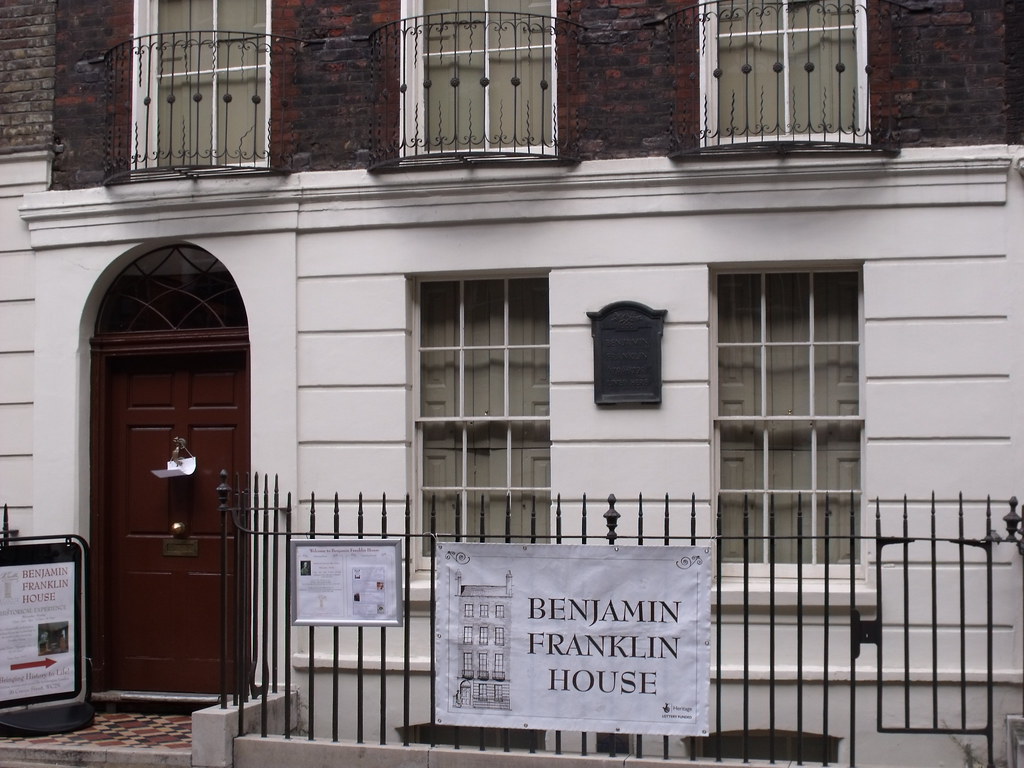
Franklin used his lodgings on Craven Street as a base for his travels around Europe, where he met with eminent politicians and scientists of the time.
Margaret Stevenson had a daughter, Polly, who married a gentleman surgeon named William Hewson. Hewson’s main interests were anatomy and hematology, the study of blood.
After his marriage to Polly in 1770, Hewson went to live with her at 36 Craven Street. It was during this time that Franklin was also frequently in the house.
While Hewson was at the house, he founded a school for anatomical studies. Many of the experiments he conducted, including dissections and trepanning, were not legal medical procedures at that time.
Hewson’s interest in furthering his knowledge was so great that he ignored the legalities and was eventually honored for his groundbreaking discoveries.
Obtaining and disposing of the bodies Hewson used for dissection was a problem. He would acquire corpses from notorious thieves known as bodysnatchers or grave robbers.
The gruesome delinquents would dig up recently buried bodies or even murder someone and then sell the corpse to medical students and doctors for them to conduct research on.
Once Hewson had completed his studies or dissected a corpse beyond further use, he buried the remains in the garden of 36 Craven Street.
If Hewson had lived longer, the cache of bones found at the Craven Street house may well have been much larger than it actually was.
Unfortunately, and quite ironically, Hewson died in 1774 after becoming ill with a blood infection, septicemia, which he caught from a corpse he had been cutting up.
How Many Bones Were Found At The Craven Street House?
The stash of bones discovered in the garden of Benjamin Franklin’s house in 1998 was not small. There were in total one thousand two hundred individual bones. Those bones came from a number of different skeletons, probably fifteen or more.
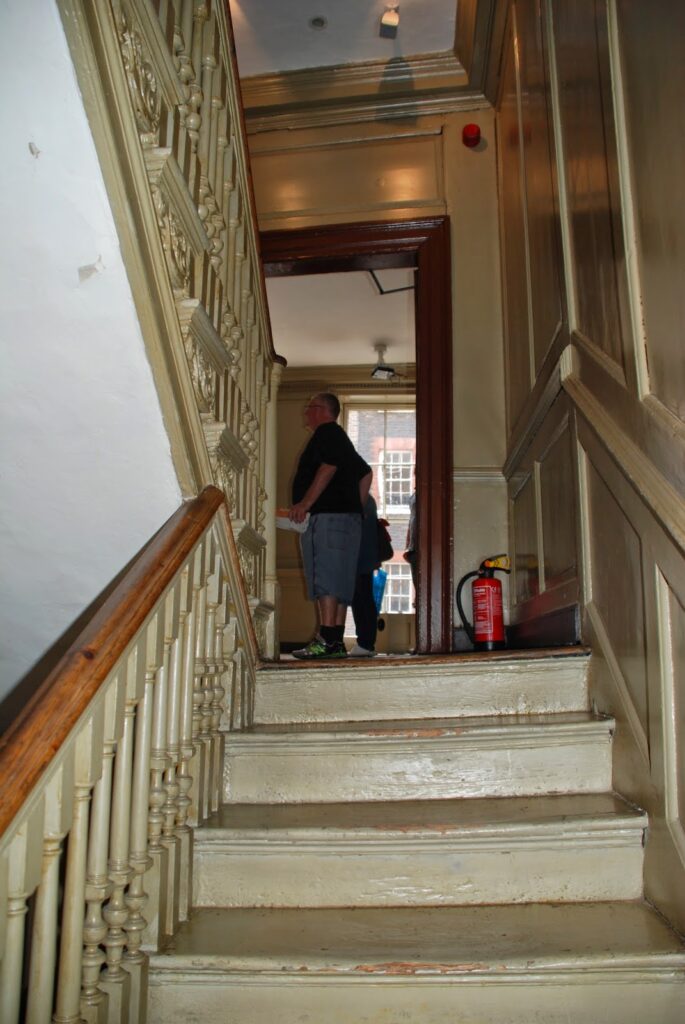
Although the bones were over two hundred years old when they were found, it was possible to prove that Hewson or his accomplices had interred the bones because of one special finding that was different from the rest.
Among the collection of bones that had been buried in the metre-deep hole was a turtle’s spine tainted with mercury. Hewson had documented in detail the experiment he’d made on the creature, which was an attempt to show the workings of its lymphatic system.
Who the other bones in the makeshift grave belonged to is not known and never will be, but experts have so far managed to deduce there were at least four children and six adults whose mortal remains went into the hole.
Many of the bones showed signs of mutilation from dissection and amputation experiments. There were also skulls displaying various drilled holes caused by the practice of trepanning.
Did Benjamin Franklin Know About The Craven Street Bones?
It is quite possible Benjamin Franklin knew Hewson was burying bodies in the garden of the Craven Street house.
While he may not have been involved with the experiments taking place there or have participated in the burials, they would have been hard to ignore for such an intelligent man.
Franklin was, in fact, an advocate for the advancement of medical knowledge of both the mind and the body. He was, along with a Dr Thomas Bond, responsible for the opening of America’s first hospital, the Pennsylvania Hospital.
Benjamin Franklin was a multi-talented genius of his time and influenced the development of America during one of its most troublesome periods, the American Revolution. These days, he would probably be called a mover and shaker.
Sources
https://benjaminfranklinhouse.org/the-house-benjamin-franklin/craven-street-bones/
https://benjaminfranklinhouse.org/the-house-benjamin-franklin/
https://journals.openedition.org/chs/2677
https://www.fi.edu/en/science-and-education/benjamin-franklin/inventions
https://www.nationalarchives.gov.uk/education/resources/body-snatchers



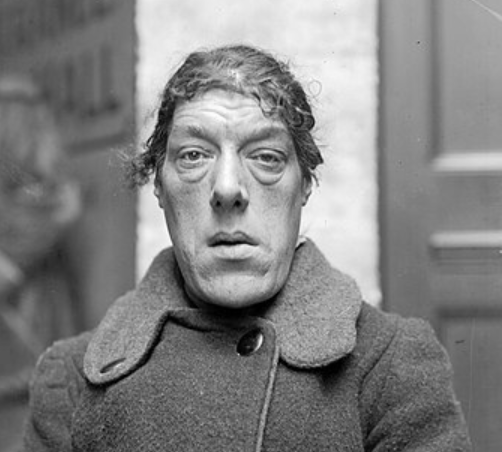

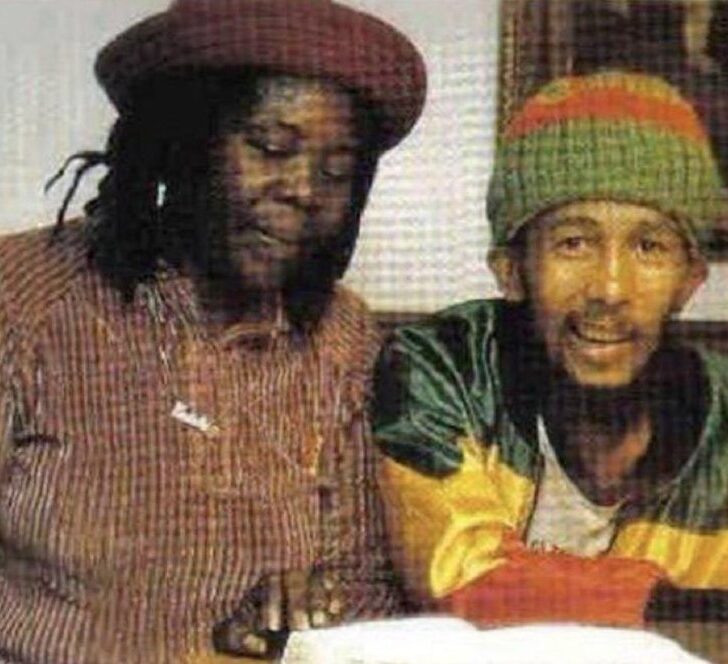
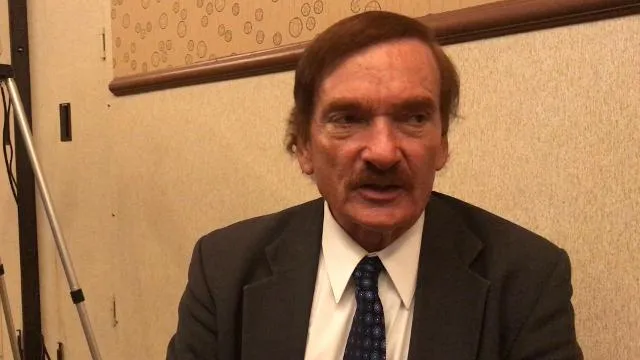




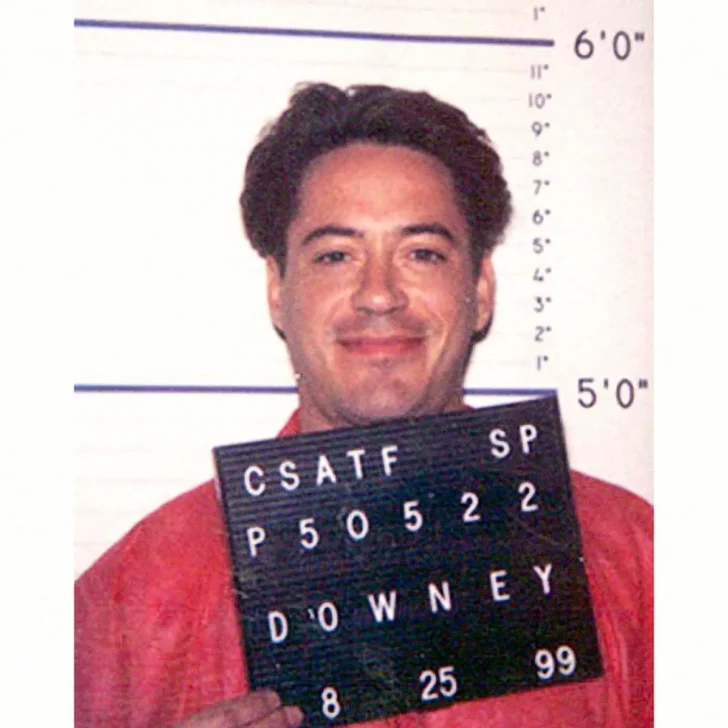

Leave a comment